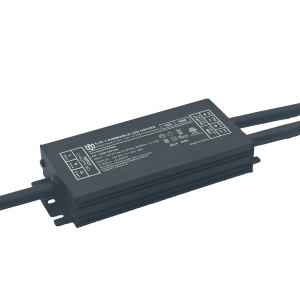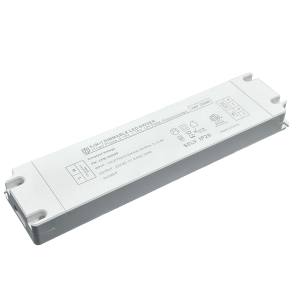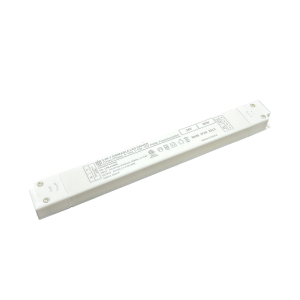Unveiling the Core Technology of Triac Dimmable Power Supplies: Stable Output Meets Low Energy Consumption
In modern lighting systems, the demand for versatile yet efficient power management solutions has never been higher. Enter triac dimmable power supplies—engineered to bridge the gap between precise light control and sustainable energy usage. These innovative devices leverage thyristor-based switching technology (TRIACs) to regulate electrical flow with exceptional accuracy, enabling seamless dimming across a broad spectrum of loads while maintaining rock-solid stability in output voltage. Unlike traditional linear regulators that waste excess energy as heat, triac systems operate on a pulsed principle, drastically reducing standby losses and thermal stress on components. Their inherent efficiency stems from rapid on/off cycling synchronized with AC waveform zero crossings, which suppresses electromagnetic interference and extends bulb lifespan by eliminating micro-flickering common in inferior designs.
The secret behind their dual achievement lies in advanced feedback loops integrated within compact PCB layouts. Sophisticated microcontrollers continuously monitor load variations, ambient temperatures, and input fluctuations, dynamically adjusting duty cycles to preserve both luminosity consistency and power factor correction above 0.95. This intelligent adaptation ensures that whether driving LED arrays or halogen fixtures, users experience flicker-free transitions from 1% to 100% brightness without compromising color rendering indexes. Manufacturers further optimize energy savings through snubberless circuit architectures that eliminate passive damping networks, cutting reactive power consumption by up to 30% compared to conventional models. Such engineering breakthroughs translate directly into lower electricity bills for commercial installations like hotels and museums while supporting global carbon reduction initiatives.
Beyond technical prowess, these units prioritize safety through galvanic isolation barriers rated at reinforced insulation levels. Multilayer varnished transformers physically separate high-voltage sections from low-voltage controls, preventing shock hazards even under fault conditions. IP67-rated enclosures protect against dust ingress and temporary water immersion, making them ideal for outdoor landscape lighting or industrial environments where humidity poses risks. Installation flexibility is enhanced by standardized DIN rail mounting options and universal input voltage compatibility (85–264VAC), allowing retrofitting into existing infrastructure without complex rewiring. Field technicians appreciate plug-and-play diagnostic ports that enable real-time performance logging via USB interfaces, simplifying maintenance scheduling based on actual usage patterns rather than arbitrary timetables.
Real-world applications demonstrate transformative impact: a European retail chain reported 22% annual energy savings after replacing outdated ballasts with triac dimmers across 50 stores, while maintaining CRI>90 for merchandise displays. Similarly, municipal streetlight upgrades in Singapore achieved 40% peak load reduction during off-peak hours through programmable dimming profiles managed by centralized SCADA systems. For DIY enthusiasts, modular designs support parallel stacking to scale system capacity incrementally—from single-channel track lights to multi-zone architectural accent systems—all controlled via intuitive mobile apps with adaptive algorithms learning user preferences over time. As smart grid technologies evolve, next-gen triac controllers will incorporate bidirectional communication protocols (e.g., Zigbee 3.0), turning every connected fixture into an interactive node capable of demand response participation during grid emergencies.
Future innovations focus on material science advancements like GaN FET replacements for silicon-based switches, promising even higher switching frequencies with lower conduction losses. Research labs are testing hybrid topologies combining resonant converters with triac front-ends to push efficiency beyond 94% under partial load conditions. With global regulations tightening EMI/RFI emission limits, manufacturers already incorporate spread-spectrum frequency hopping techniques that distribute harmonics below regulatory thresholds without sacrificing dimming smoothness. As artificial intelligence matures, predictive maintenance algorithms will anticipate component degradation weeks before failure occurs, maximizing asset longevity in critical applications like hospital operating theaters where uninterrupted illumination saves lives. The convergence of power electronics miniaturization and IoT connectivity positions triac dimmable supplies as foundational pillars in tomorrow's energy-autonomous buildings.

 A New Benchmark in Energy Sav
A New Benchmark in Energy Sav
 The Future Outlook for Triac
The Future Outlook for Triac
 The Application Advantages of
The Application Advantages of
 Innovative Design + Outstandi
Innovative Design + Outstandi
